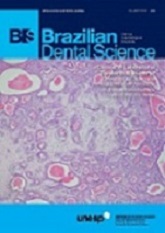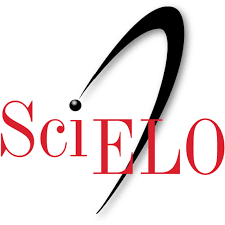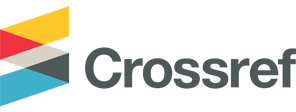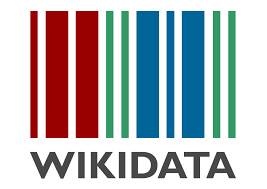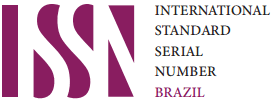Randomized, Double-masked, Placebo-controlled Clinical Trial on the Effects of Propolis and Chlorhexidine Mouthrinses on Gingivitis
DOI:
https://doi.org/10.14295/bds.2014.v17i1.947Resumo
Objective: The aim of this study was to compare the effects of typified propolis and chlorhexidine mouthrinses on gingival health in a randomized double-masked placebo-controlled clinical trial.
Methods: Sixty participants were randomized to 3 mouthrinse study groups: 1) 2% typified propolis (n=20); 2) 0.12% chlorhexidine (n=20), and 3) placebo (n=20). Participants rinsed unsupervised twice a day for 28 days. The Papillary Bleeding Score (PBS) was measured on the mesio-buccal surfaces of all teeth at baseline and 28 days thereafter. Co-variance analysis was employed to compare PBS average values and the number of sites with PBS ?2 among study groups. Sub-group analysis was further applied to participants who were <40 years-old.
Results: The results show efficacy of propolis mouthrinse when comparing before and after treatment protocols significantly for a reduction of mean PBS scores. When looking at younger participants after 28 days, propolis mouthrinse was superior to all groups in reducing mean PBS scores and significantly so when compared to 0.12% chlorhexidine mouthrinse.
Conclusion: The efficacy of 2% typified propolis mouthrinse was demonstrated in reducing the levels of gingival inflammation. These results need to be duplicated by other investigators by employing similar study protocols.
Descriptors: Randomized Clinical Trial, Propolis, Chlorhexidine, Gingivitis
Downloads
Downloads
Publicado
Como Citar
Edição
Seção
Licença
TRANSFERÊNCIA DE DIREITOS AUTORAIS E DECLARAÇÃO DE RESPONSABILIDADE
Toda a propriedade de direitos autorais do artigo "____________________________________________________________________" é transferido do autor(es) para a CIÊNCIA ODONTOLÓGICA BRASILEIRA, no caso do trabalho ser publicado. O artigo não foi publicado em outro lugar e não foi submetido simultaneamente para publicação em outra revista.
Vimos por meio deste, atestar que trabalho é original e não apresenta dados manipulados, fraude ou plágio. Fizemos contribuição científica significativa para o estudo e estamos cientes dos dados apresentados e de acordo com a versão final do artigo. Assumimos total responsabilidade pelos aspectos éticos do estudo.
Este texto deve ser impresso e assinado por todos os autores. A versão digitalizada deverá ser apresentada como arquivo suplementar durante o processo de submissão.

